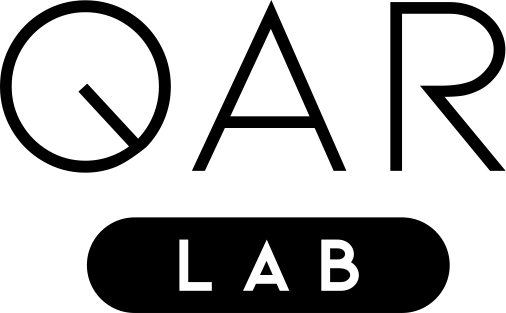Torwards understanding Approximation Complexity on a Quantum Annealer (Extended Abstract)
I. Sax, S. Feld, S. Zielinski, T. Gabor, C. Linnhoff-Popien, and W. Mauerer
Extended Abstract
Many industrially relevant problems can be deterministically solved by computers in principle, but are intractable in practice, as the seminal P/NP dichotomy of complexity theory and Cobham’s thesis testify. For the many NP-complete problems, industry needs to resort to using heuristics or approximation algorithms. For approximation algorithms, there is a more refined classification in complexity classes that goes beyond the simple P/NP dichotomy. As it is well known, approximation classes form a hierarchy, that is, FPTAS 


1st International Symposium on Applied Artificial Intelligence (ISAAI’19)

